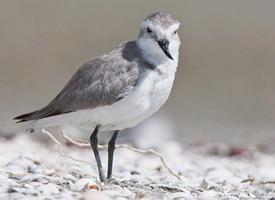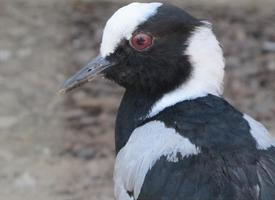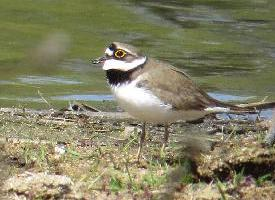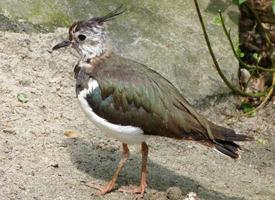
Poids et mesures
| Longueur | 20 cm |
|---|
Statut de conservation
| Menacé |
Description de l'animal
The Wrybill, scientifically known as Anarhynchus frontalis, is a unique and fascinating bird species endemic to New Zealand. Its most distinguishing feature, from which its name is derived, is its unusually curved bill that bends to the right. This distinctive adaptation makes the Wrybill the only bird species in the world with an asymmetrically curved beak, an attribute that has intrigued ornithologists and nature enthusiasts alike.Adult Wrybills are small, dainty plovers, measuring about 20 centimeters in length and weighing approximately 50 grams. They exhibit a predominantly grey and white plumage, which serves as excellent camouflage against the riverbeds and shores where they forage. During the breeding season, the male Wrybill develops a black band across its chest, which contrasts with its otherwise pale underparts. The bird's upper parts are grey, helping it blend seamlessly into its habitat, while its legs are black, and the eyes are dark with a thin, white ring around them.
The Wrybill's unique bill is not just a curiosity; it is a highly specialized tool. Curving to the right, the bill allows the bird to forage for invertebrates under stones and in the crevices of riverbeds with remarkable efficiency. This adaptation is believed to give the Wrybill a competitive edge in its habitat, enabling it to exploit food resources that might be inaccessible to other species.
Wrybills are migratory birds. They breed in the braided rivers of New Zealand's South Island during the Southern Hemisphere's spring and summer months. These rivers, with their wide, gravelly beds, offer the perfect environment for the Wrybill to nest and raise its young. The nests are simple depressions in the ground, lined with small stones and located on islands or banks that offer some protection from predators. After the breeding season, the Wrybills migrate north to the estuaries and coastal areas of the North Island, where they spend the winter months.
The breeding strategy of the Wrybill involves a high degree of parental investment. Both parents share the responsibility of incubating the eggs and feeding the chicks once they hatch. The chicks are precocial, meaning they are relatively mature and mobile from the moment of hatching. However, they still rely on their parents for food and protection until they are ready to fledge.
Despite its fascinating characteristics and adaptation, the Wrybill faces significant threats from habitat destruction, predation, and human disturbances. The alteration of river habitats due to hydroelectric projects, irrigation, and the invasion of exotic plant species has led to a decline in suitable breeding sites. Additionally, introduced mammalian predators such as stoats, cats, and rats pose a significant risk to eggs and chicks. Conservation efforts are underway to protect this unique bird and its habitat, including predator control programs and habitat restoration projects.
The Wrybill's distinctive appearance, intriguing foraging behavior, and the challenges it faces for survival make it a symbol of New Zealand's unique natural heritage. Its story is a reminder of the delicate balance within ecosystems and the importance of conservation efforts to protect the world's biodiversity.
Animaux similaires
Nouvelles photos d'animaux
Top 10 des animaux
- Dolphin gull (Leucophaeus scoresbii)
- Japanese macaque (Macaca fuscata)
- Greek tortoise (Testudo graeca)
- Stone loach (Barbatula barbatula)
- Galápagos tortoise (Geochelone nigra complex)
- Russian tortoise (Testudo horsfieldii)
- Diana monkey (Cercopithecus diana)
- Moustached guenon (Cercopithecus cephus)
- Common flying dragon (Draco volans)
- Galápagos penguin (Spheniscus mendiculus)


